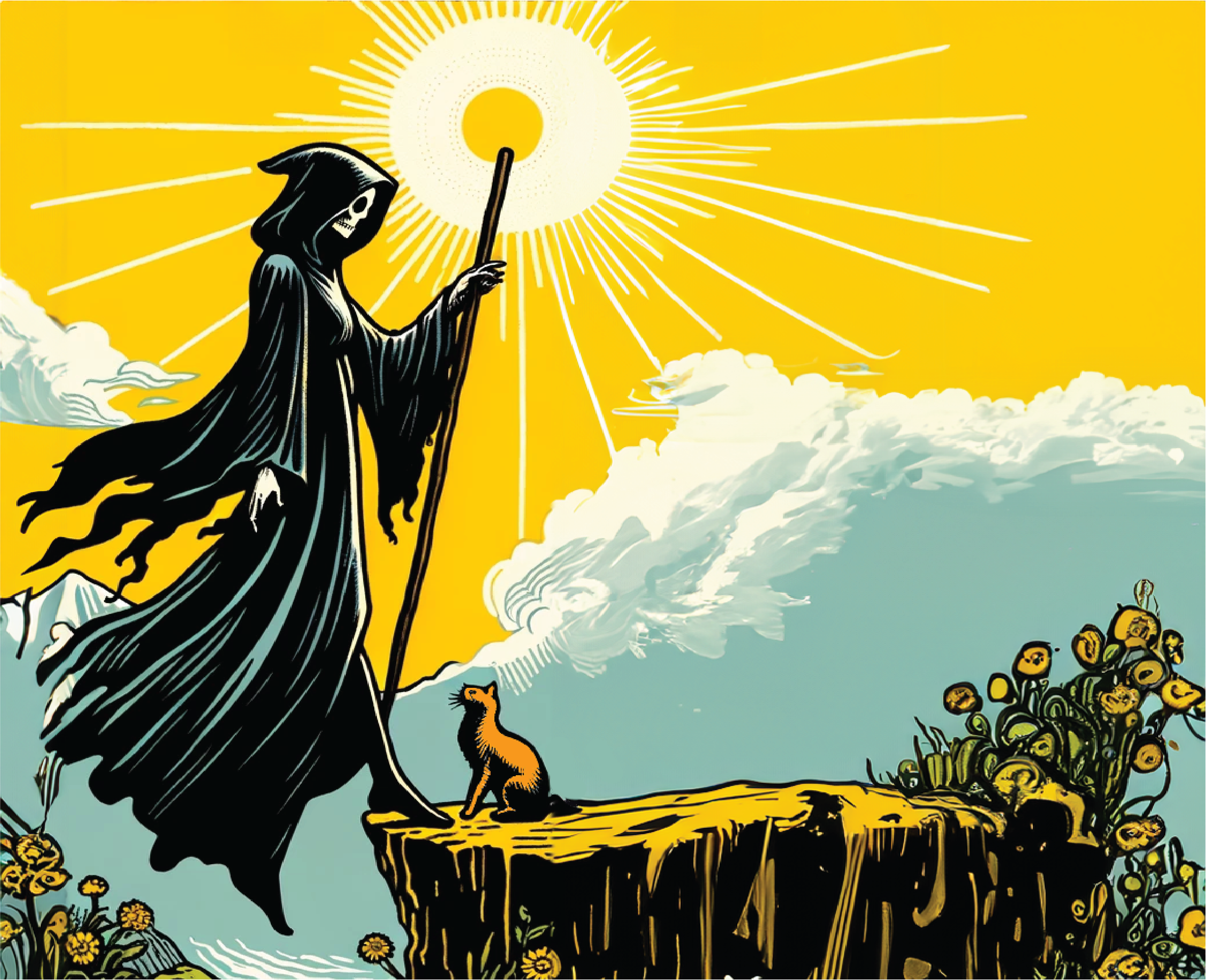
Champagne Method Sparkling Wine:
A time-honored tradition no matter what region its from
As most people know, you can’t produce a true Champagne outside of the Champagne region of France. What most people don’t know (yet), is that there are producers around the globe making amazing sparkling wines using their local grapes paired with winemaking techniques perfected in the Champagne region over the last few centuries. If you see Méthode Traditionnelle, Méthode Champenoise, or traditional method sparkling wine on a label, they are talking about the process used to introduce the bubbles into these delicious wines.
This painstaking process involves first starting a secondary fermentation inside the bottle to produce the high pressure, delicate bubbles we all associate with a Champagne-style wine. Next, an extended aging process on the lees (dead yeast cells) imparts complexity and depth of flavor. After aging, the bottles undergo a process called riddling, where they are set into our riddling racks and rotated back and forth each day to gradually move the sediment along the sides of the bottle to gather in the neck. During the last step, called disgorging, the sediment is removed by popping each bottle open to shoot out the plug of sediment that was created during riddling. We then add the dosage, which tops off the wine to the correct fill level and can be used to adjust the final sweetness level of the wine. All of this hard work pays off by giving us a beautiful wine with fine bubbles, rich texture, and layered flavors.
Though this is an arduous process, we have dedicated ourselves to it in order to honor both the craftsmanship and history of winemaking and the expression of our local terroir in Door County. Our cool-climate region, bordered by the waters of Lake Michigan and Green Bay, is ideal for growing the hybrid grapes that form the foundation of our sparkling wines. The cooler temperatures allow these fruits to maintain their bright acidity, essential for producing lively, balanced wines. In the wine world, we believe hybrids are the future. In the Wisconsin Ledge, we believe sparkling wines are a big part of that future, too.
PÉt-Nat: the original sparkling wine
Pétillant Naturel, often referred to as a Pét-Nat, translates to “naturally sparkling.” It is also known as the Ancestral Method, or Méthode Ancestrale because it is the oldest way to make a sparkling wine. Far simpler than the many-stepped, time-consuming Champagne Method, Pét-Nat wines are just bottled before fermentation is fully complete, allowing the remaining natural sugars to finish fermenting in the bottle. This traps the carbon dioxide from the fermentation to create a naturally sparkling wine with lively bubbles and a raw, unfiltered character. It’s a spontaneous, hands-off approach that results in a more rustic, playful expression, often with slight sediment and a cloudy appearance. Making these wines allows us to highlight our commitment to minimal intervention winemaking, celebrating the wild, unpredictable nature of fermentation while delivering exciting, dynamic wines that are a true expression of our local fruit and native wild yeasts.
CÔte DE MORT &
CÔte fRAÎCHE
A very important ingredient in all our wines is our growing region. We are in the Wisconsin Ledge AVA. More specifically, we are in the northern half of this region that lies on the Door Peninsula. While surrounded by a freshwater sea, the peninsula (and county) got their name from the treacherous strait that lies at its tip and connects the Bay of Green Bay to Lake Michigan: Porte des Mortes, or Death’s Door.
Our Champagne Method wines are labeled CÔTE DE MORT, or “Death’s Coast,” out of reverence to our dangerous coastlines and as a nod to the depth of character added to these wines by the dead yeasts they lie on as they age.
Our Pét-Nat wines are labeled CÔTE FRAÎCHE, or “Fresh Coast,” in homage to the influence the freshwaters surrounding us have on our terroir as well as the fresh, wild nature of these spontaneous natural wines.







